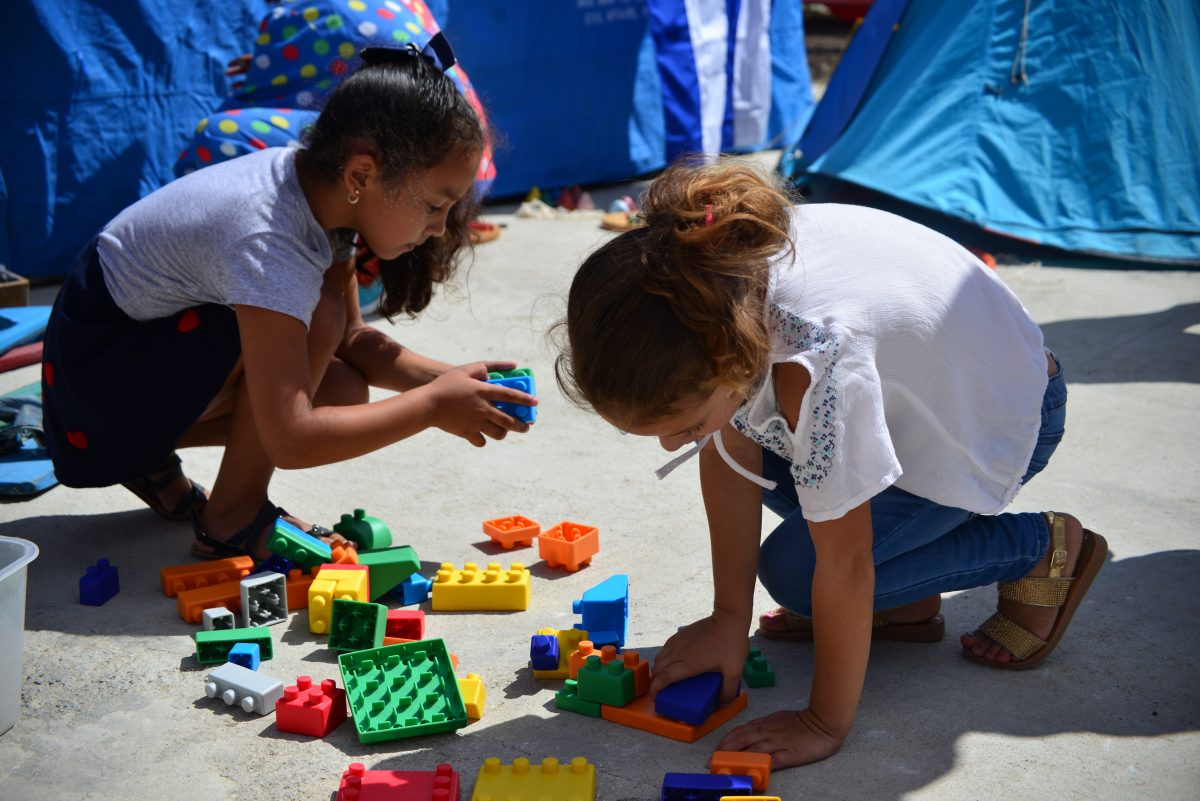Whilst we must not minimise or forget about the loss and heartache of the last year, as restrictions start to ease we can also think about silver linings. Instructions to stay at home forced us all to change how we do things – often resulting in creative responses and/or adapting at speed. Since summer 2020, What Works for Children’s Social Care (WWCSC) has been examining new practice in children’s services to see if there are things we should hold on to as we emerge from the pandemic.
Our project, working with the Department for Education and the Early Intervention Foundation, is looking at some of the different ways of supporting children that local authorities developed during the first lockdown. For the first phase of this project (October 2020 – January 2021), we held focus groups with local authority practitioners and looked at the emerging evidence from the wider sector to see how services had responded to the pandemic. In unprecedented times, we were pleased to see that local authorities had come together with colleagues from across the public sector to support families. Our initial review found four areas of particular focus:
- Virtual and digital support for families. We found there was variation in the extent to which local authorities substituted face-to-face meetings for virtual visits. Emerging evidence suggests that virtual and digital support works well for children and young people with protective factors, for example those in a stable foster care placement, where young people with existing good relationships with their practitioner or a carer can provide updates. However, virtual support can be more challenging for others, for example very young children, those with special educational needs, cases where risk might be concealed, or where there is limited access to technology
- A renewed focus on practical support for families. Practitioners have stressed the crucial role of practical help, such as providing groceries or medicines and paying bills, in building trust with families. Addressing practical and financial problems allows practitioners and families the time and space to focus on other issues.
- Positive examples of multi-agency working to safeguard children. Multi-agency safeguarding over the last 12 months has demonstrated the benefits of information sharing and closer working relationships. These have been supported by joint referral systems, joint triaging and universal self report helplines cutting across departments.
- A blended approach to face-to-face and virtual working where multi-agency meetings could be held remotely to maintain high attendance. Our poll of social workers found 76% of respondents reported that multi-agency meetings are being conducted virtually and have been effective.
More than twelve months on, the pandemic continues to have an impact on children and young people’s lives. Services have adapted practice so they can continue to support children and families but given the unprecedented nature of the pandemic, the existing evidence base in this area is still emerging.
So for the next phase of this work (Spring / Summer 2021), we are engaging with six local authorities to reflect on their adapted practice: which elements they’d like to retain and how they can begin to evaluate the impact. We now have a unique opportunity to monitor these revised approaches so that, as we enter the “new normal”, we can make sure we build on positive lessons learned.
For more resources on COVID-19 and children’s social care and early intervention, please see:

